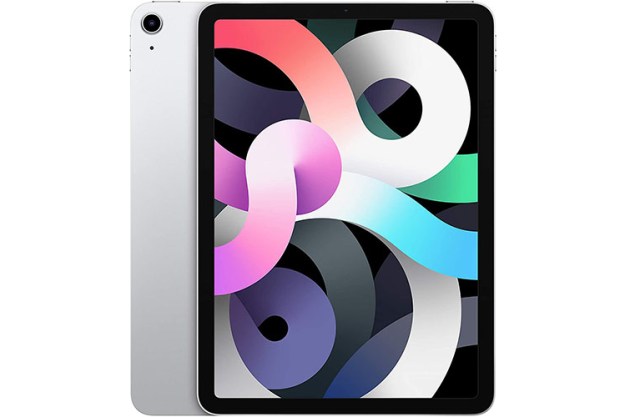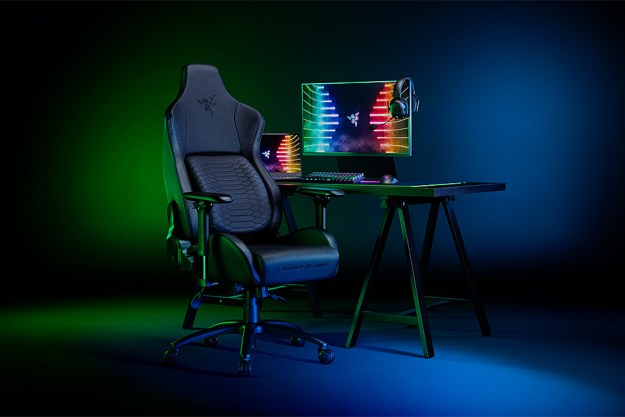A recent report published by Jon Peddie Research states that cryptocurrency miners purchased more than 3 million add-in graphics cards worth $776 million during 2017. The number is no surprise given the shortage of add-in cards throughout the year along with inflated prices customers faced with cards they actually managed to find on the market. AMD was the big winner in 2017’s cryptocurrency craze with an increased market share of 8.1 percent.
According to the report, the demand from miners will lessen “as margins drop in response increasingly utilities costs and supply and demand forces that drive up AIB prices.” While that sentence is a rough read, it could indicate that many miners already have what they need and likely won’t purchase newer cards with higher prices released throughout 2018. The firm may also base the demand drop on rumors that Nvidia and possibly AMD will release dedicated cryptocurrency mining cards this year.
Despite the drop in demand, Jon Peddie Research believes that graphics add-in card prices will not drop anytime soon. To offset the cost, the firm suggests that PC gamers mine digital coins when they’re not shooting aliens and slaying dragons.
“GPUs are traditionally a leading indicator of the market, since a GPU goes into every non-server system before it is shipped, and most of the PC vendors are guiding cautiously for Q4’14,” the report states. “The Gaming PC segment, where higher-end GPUs are used, was a bright spot in the market in the quarter.”
The report shows that the annual shipment growth rate for graphics add-in cards for desktops rose 9.7 percent compared to 2016. Integrated and embedded GPUs fell 8.3 percent, discrete notebook GPUs fell 5.6 percent, and integrated/embedded notebook GPUs fell 6.8 percent. When comparing the third quarter and fourth quarter of 2017, desktop integrated/embedded graphics rose three percent and discrete notebook GPUs rose 3.6 percent while all other GPUs took a slight tumble.
Despite 2017’s cryptocurrency craze eating up the add-in graphics card market, gamers will always be the “bread and butter” for Nvidia and AMD regarding GPU sales. Add-in graphics cards are also highly used in the professional segment such as 3D animators, architects, video editors, photographers, and so on. Miners didn’t really hit the “professional” market given those GPU prices can be rather costly.
In March, Nvidia is expected to reveal dedicated digital mining cards codenamed “Turing” during its annual developer conference. The name stems from Alan Turing, an English computer scientist, theoretical biologist, mathematician, and cryptanalyst. His knowledge of cryptography helped crack coded messages sent by the Nazis, contributing to the Allies winning World War II. These cards will be based on Nvidia’s latest GPU design codenamed “Volta.”
Nvidia already supplies a graphics chip for digital coin mining purposes: The Pascal-based P106-100 chip, which is a variant of the GTX 1060 used in add-in cards manufactured by Asus, MSI, and several others. Meanwhile, AMD’s RX 470 chip can be found in dedicated cryptocurrency mining solutions. In both cases, the respective companies tweaked the chips specifically for digital coin mining.
Editors' Recommendations
- Crypto miners appear to be already using next-gen RTX 4090 Ti graphics cards
- Crypto miners have busted through Nvidia’s LHR graphics cards yet again
- A crypto miner is using 78 RTX 3080s graphics cards to earn over $20K a month



